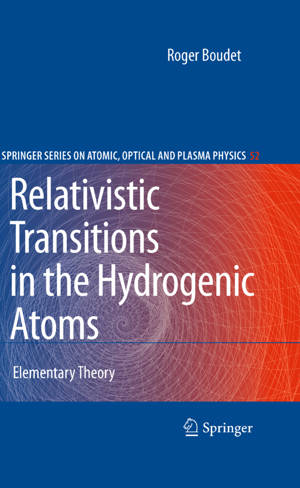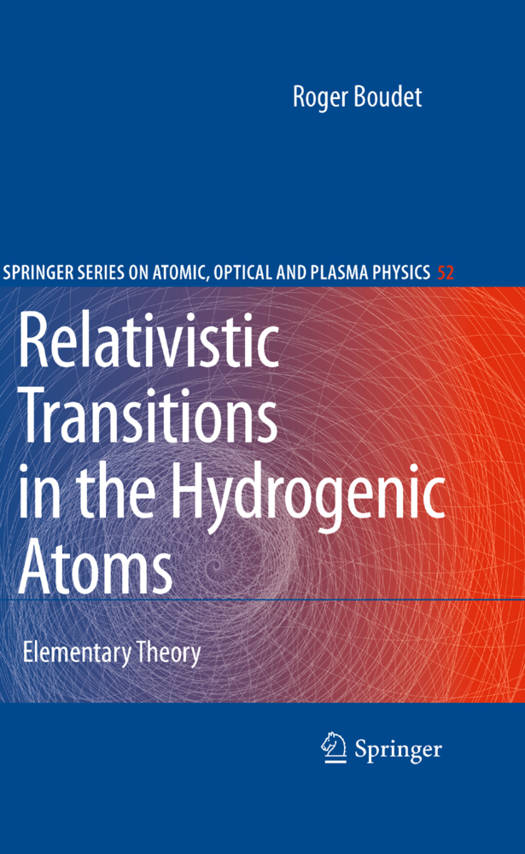
- Afhalen na 1 uur in een winkel met voorraad
- Gratis thuislevering in België vanaf € 30
- Ruim aanbod met 7 miljoen producten
- Afhalen na 1 uur in een winkel met voorraad
- Gratis thuislevering in België vanaf € 30
- Ruim aanbod met 7 miljoen producten
Zoeken
€ 137,45
+ 274 punten
Uitvoering
Omschrijving
The aim of this volume is twofold. First, it is an attempt to simplify and clarify the relativistic theory of the hydrogen-like atoms. For this purpose we have used the mathematical formalism, introduced in the Dirac theory of the electron by David Hestenes, based on the use of the real Cli?ord algebra Cl(M) associated with the Minkwoski space-time M, that is, the euclidean 4 R space of signature (1,3). This algebra may be considered as the extension to this space of the theory of the Hamilton quaternions (which occupies an importantplaceintheresolutionoftheDiracequationforthecentralpotential problem). The clarity comes from the real form given by D. Hestenes to the electron wavefunctionthatreplaces, inastrictequivalence, theDiracspinor.Thisform is directly inscribed in the frame of the geometry of the Minkwoski space in which the experiments are necessarily placed. The simplicity derives from the uni?cation of the language used to describe the mathematical objects of the theory and the data of the experiments. The mathematics concerning the de?nition and the use of the algebra Cl(M) are not very complicated. Anyone who knows what a vector space is will be able to understand the geometrical implications of this algebra. The lecture will be perhaps more di?cult for the readers already acquainted with the complex formalism of the matrices and spinors, to the extent that the new language will appear di?erent from the one that they have used. But the correspondence between the two formalisms is ensured in the text at each stage of the theory.
Specificaties
Betrokkenen
- Auteur(s):
- Uitgeverij:
Inhoud
- Aantal bladzijden:
- 136
- Taal:
- Engels
- Reeks:
- Reeksnummer:
- nr. 52
Eigenschappen
- Productcode (EAN):
- 9783642099175
- Verschijningsdatum:
- 19/11/2010
- Uitvoering:
- Paperback
- Formaat:
- Trade paperback (VS)
- Afmetingen:
- 156 mm x 234 mm
- Gewicht:
- 217 g

Alleen bij Standaard Boekhandel
+ 274 punten op je klantenkaart van Standaard Boekhandel
Beoordelingen
We publiceren alleen reviews die voldoen aan de voorwaarden voor reviews. Bekijk onze voorwaarden voor reviews.











